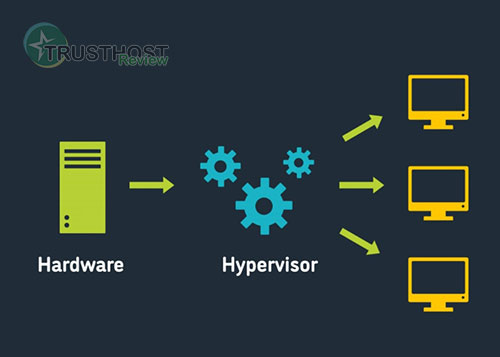What is a DNS Record? The 6 Most common types of DNS Records
In this guide, we'll delve into the core concept of DNS records and explore the six most prevalent types that underpin the functionality of the internet.

1. A Records (Address Record)
A Records link a domain name to its corresponding IP address. They are fundamental for directing users to the correct location when they type a domain name into a web browser.
2. CNAME Records (Canonical Name Record)
CNAME Records act as aliases for your domain. They allow one domain to be associated with another, useful for pointing multiple subdomains to a single domain.
3. MX Records (Mail Exchange Record)
MX Records are essential for email services. They specify the mail server responsible for receiving emails on behalf of a domain. Properly configured MX Records ensure efficient email delivery.
4. TXT Records (Text Records)
TXT Records store textual information about a domain. They're versatile and commonly used for verifying domain ownership, SPF (Sender Policy Framework) configuration for email, and other authentication purposes.
5. NS Records (Name Server Records)
NS Records specify the authoritative name servers for a domain. They play a crucial role in directing queries about a domain to the appropriate DNS servers.
6. SOA Records (Start of Authority Record)
SOA Records contain essential information about a domain, such as the primary name server, contact email, and when the domain was last updated. These records establish the beginning of a domain's zone file.
Understanding these foundational DNS record types is pivotal for managing domain settings effectively. Whether configuring DNS for a new website, troubleshooting issues, or optimizing online presence, comprehending how these records function is invaluable.
In conclusion, DNS records form the backbone of the internet's functionality, facilitating seamless communication between servers and devices. By grasping the significance and functionality of these six primary DNS records, individuals can better navigate the intricate landscape of web hosting and domain management.
Stay tuned for more in-depth guides on optimizing DNS settings, troubleshooting common issues, and leveraging DNS for enhanced online performance and security.
















